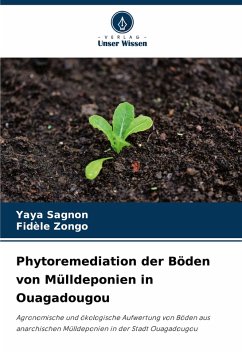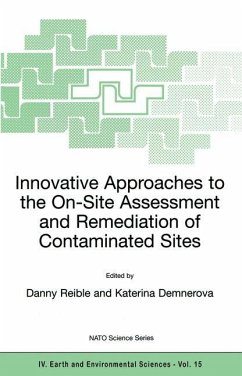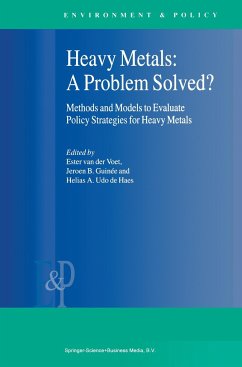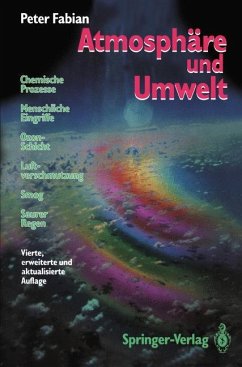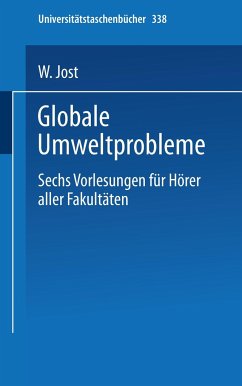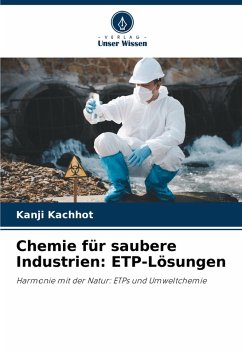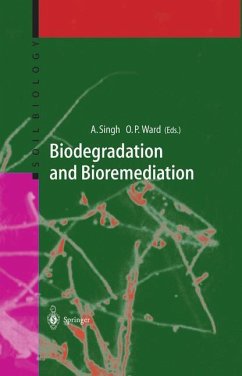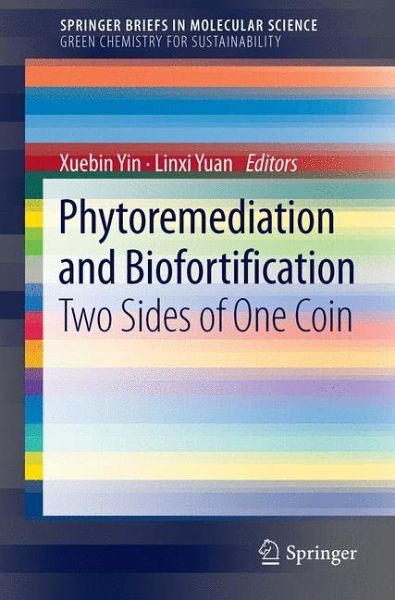
Phytoremediation and Biofortification
Two Sides of One Coin
Herausgegeben: Yin, Xuebin; Yuan, Linxi

PAYBACK Punkte
19 °P sammeln!
This volume reviews Phytoremediation technologies such as pollutant stabilization, extraction, degradation, or volatilization, along with their applicability to various inorganic (zinc and selenium) and organic (PAHs and oil) pollutants.
Phytoremediation consists of using plants and their associated microbes for environmental cleanup. Over the past 10 years, this treatment has gained recognition as a cost-effective, non-invasive, alternative or complimentary technology to engineering-based remediation methods. Biofortification, on the other hand, is an agricultural process that increases the uptake and accumulation of mineral nutrients in agricultural products through plant breeding, genetic engineering, or manipulation of agricultural practices.
This book shows how, despite having different goals, both phytoremediation and biofortification technologies can be closely connected as they are both based on the phytoextraction process that involves plant uptake, accumulation, and transformation of nutrient elements from soil. More specifically, this brief offers a comprehensive introduction to Phytoremediation and Biofortification of selenium (Se), zinc (Zn), iron (Fe), cadium (Cd) and copper (Cu), and illustrates the emerging integration of these two bio-technologies.
Phytoremediation and Biofortification: Two Sides of One Coin is a valuable resource to students, technicians, and academics who are interested in the treatment of environmental problems (bioremediation) through the use of plants, and in the field of biofortification.
This book shows how, despite having different goals, both phytoremediation and biofortification technologies can be closely connected as they are both based on the phytoextraction process that involves plant uptake, accumulation, and transformation of nutrient elements from soil. More specifically, this brief offers a comprehensive introduction to Phytoremediation and Biofortification of selenium (Se), zinc (Zn), iron (Fe), cadium (Cd) and copper (Cu), and illustrates the emerging integration of these two bio-technologies.
Phytoremediation and Biofortification: Two Sides of One Coin is a valuable resource to students, technicians, and academics who are interested in the treatment of environmental problems (bioremediation) through the use of plants, and in the field of biofortification.





